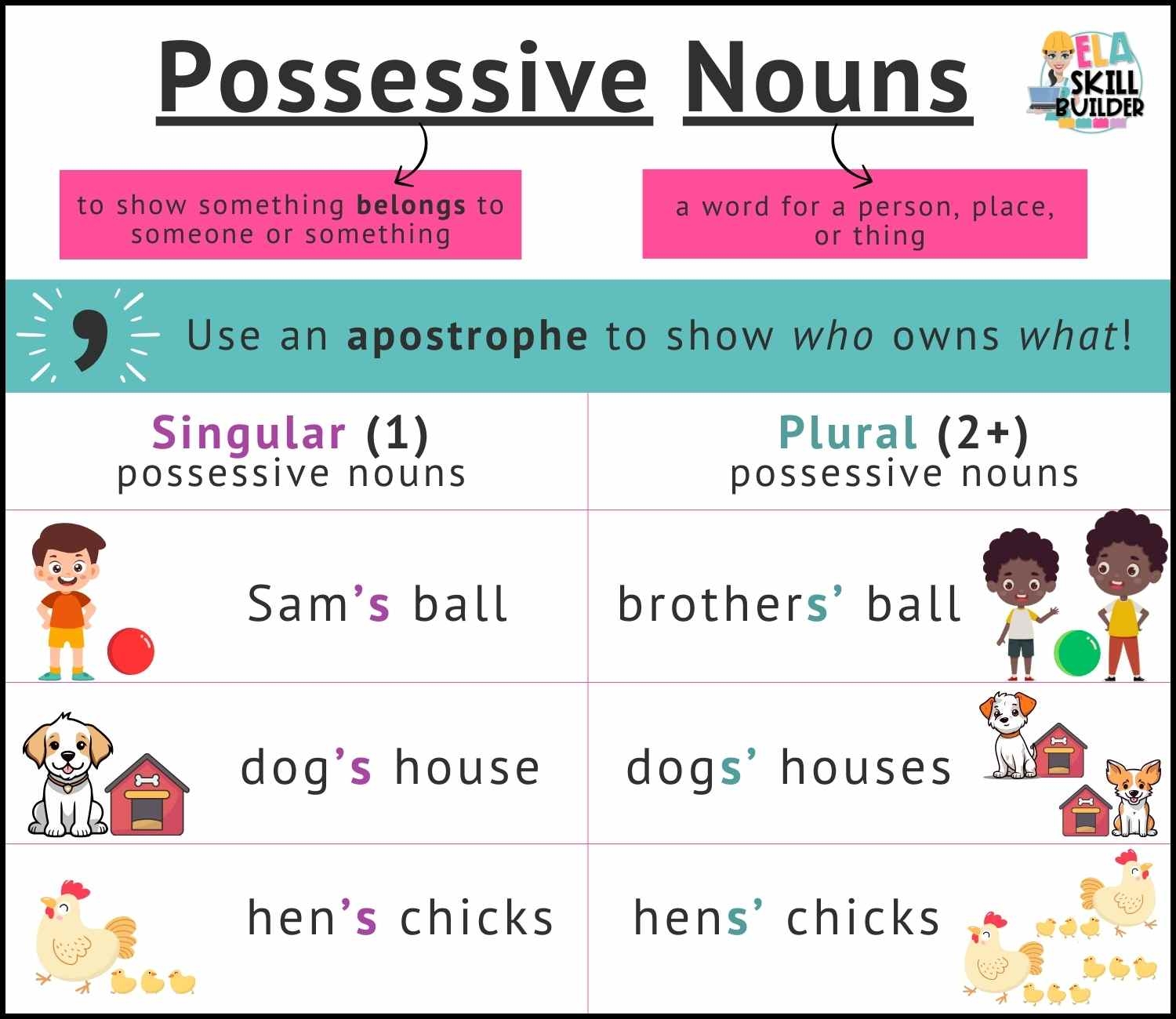In English grammar, possessive forms are used to show ownership or relationship between two nouns. There are two main types of possessive forms: singular possessive and plural possessive. Understanding the difference between these two forms is essential for proper grammar usage.
Singular possessive is used to show ownership of one singular noun. It is formed by adding an apostrophe and the letter “s” (‘s) to the noun. For example, “The dog’s tail wagged happily.” In this sentence, the singular possessive form “dog’s” indicates that the tail belongs to one dog.
Singular Possessive vs Plural
On the other hand, plural possessive is used to show ownership of more than one noun. It is formed by adding an apostrophe after the “s” at the end of a plural noun. For example, “The dogs’ tails wagged happily.” In this sentence, the plural possessive form “dogs'” indicates that the tails belong to multiple dogs.
One common mistake that people make is using the singular possessive form when referring to multiple nouns. For instance, saying “The dogs’s tails wagged happily” is incorrect. The correct form should be “The dogs’ tails wagged happily” to indicate that the tails belong to more than one dog.
It is important to pay attention to whether the noun is singular or plural when forming possessive forms. Singular nouns require the singular possessive form, while plural nouns require the plural possessive form. This distinction helps to clarify who or what owns or is associated with a particular noun.
In summary, understanding the difference between singular possessive and plural possessive is crucial for proper grammar usage. By using the correct form, you can effectively communicate ownership or relationship between nouns in a clear and concise manner.
